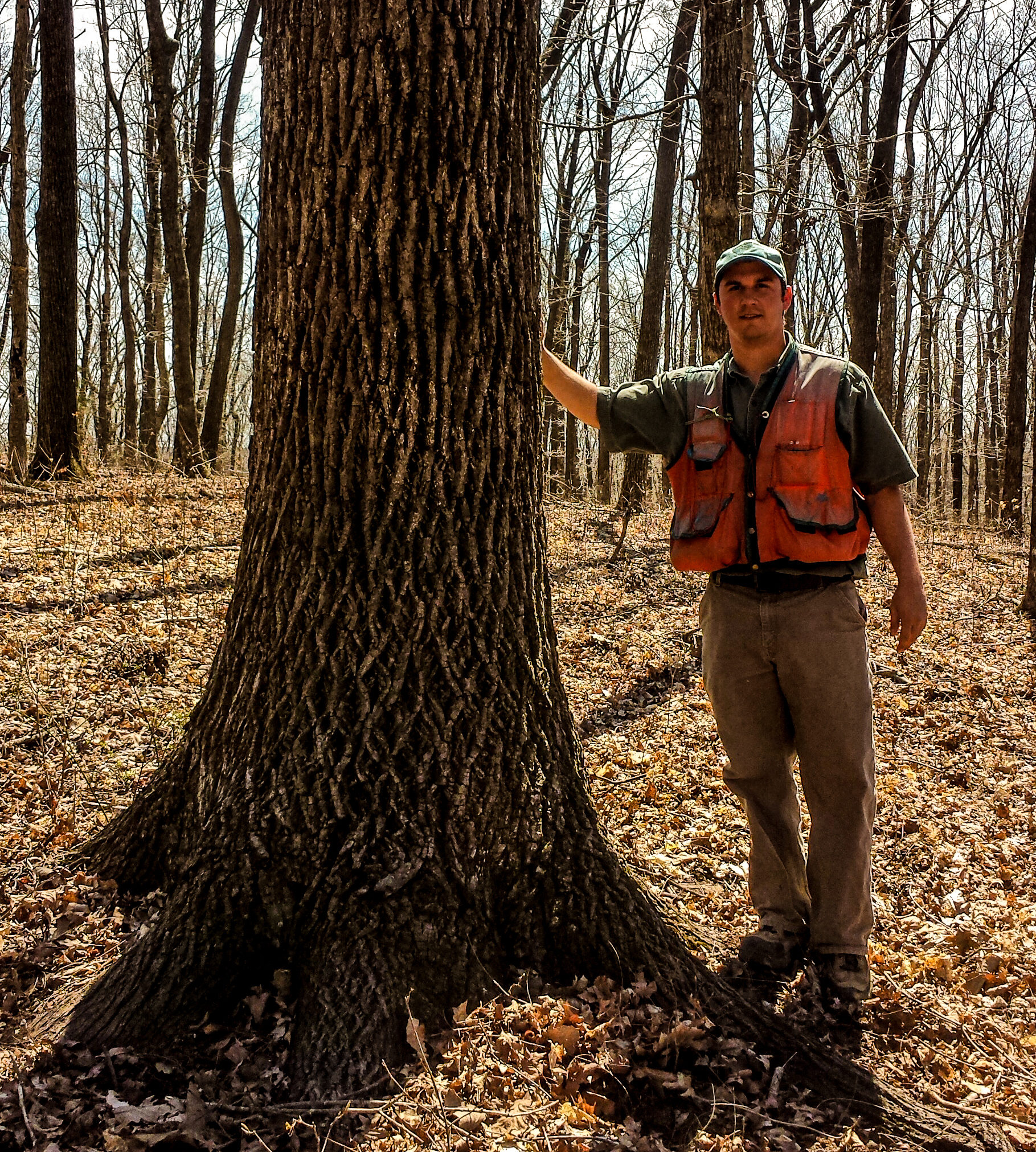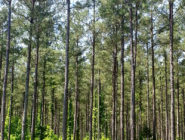Here’s how our proven ten-step timber sale process works for you…
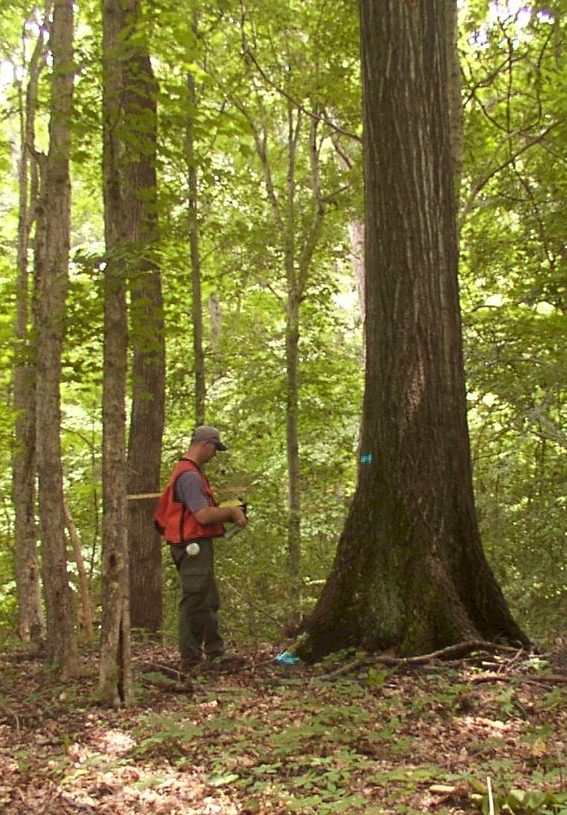 1. Harvest Goals
1. Harvest Goals
We begin by understanding your goals for your property.
2. Evaluation
Our next step is an initial evaluation of your woodlands followed by making recommendations to you on appropriate harvesting methods.
3. Fieldwork
We then prepare the sale for harvest by designating sale area boundaries and, where appropriate, mark those trees slated for removal. Each tree is measured and evaluated, and the results are recorded. Data collected in the field is used to establish the fair market value of your timber before it is sold.
or
In some cases, a systematic cruise is conducted during which data is collected on sample points to establish stand volumes and values
| Species | No. of Trees | Total Volume | Board Ft./Tree |
| Red Oak | 425 | 85,000 | 200 |
| White Oak | 332 | 59,760 | 180 |
| Hickory | 124 | 21,700 | 175 |
| Yellow Poplar | 215 | 64,500 | 300 |
| Beech | 72 | 13,680 | 190 |
| Totals | 1,168 | 244,640 | 209 |
4. Sale Advertising
A Sale Prospectus is then developed for your property and mailed to potential buyers from an extensive list of timber companies maintained in our company database. We also advertise our sales on the Internet.
The prospectus for your sale is unique to your property, but will contain
- A legal description of the property
- Directions to the property
- Bid procedures and payment terms
- Timber volume summary
- Your sale terms and conditions (we will assist you in defining your exact terms and conditions)
- Property and sale area maps
- And a bid form used by buyers to submit their bid
5. Evaluating Offers
All bids are opened at a specified date, time and place. We take care of all of the details. Bids will be accepted via mail, email, fax or hand delivered by the bidders. You reserve the right to reject any and all bids, and are welcome to attend the bid opening.
6. Sale Contracts
The company that buys your timber will be responsible for developing a Timber Sale Contract and posting a performance bond with us. Contracts are sometimes called a “Timber Deed” or “Timber Conveyance,” but they all serve the same purpose. Importantly, we will guide you through this process to ensure that the contract
- Relates solely to the correct property and specific timber to be sold
- That all of your terms and conditions that were in the prospectus are included
- That no terms are hidden in the agreement that are unacceptable to you.
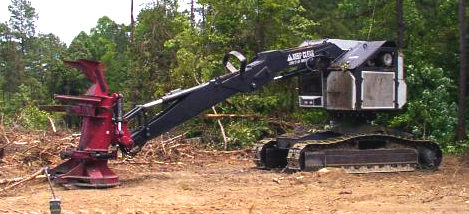
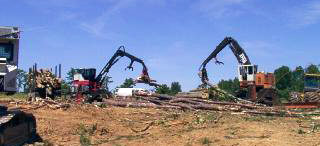
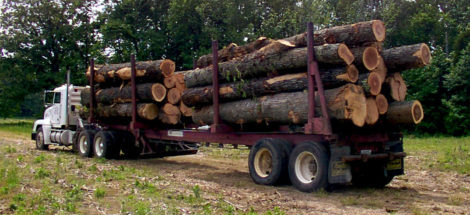
7. Timber Payment
When and how do you get paid? In most circumstances we recommend that you insist upon payment in full at the time the sale contract is signed. For pine pulpwood thinnings, salvage operations or unique circumstances, it sometimes makes more sense to carryout a unit sale using a pay as cut payment procedure. Regardless of the method of payment, we will make certain that
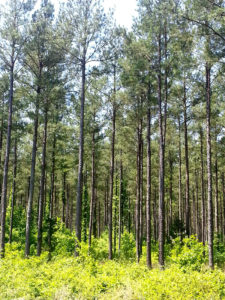
- You receive the proper payment
- At the proper time
- They give us their performance bond at the time of closing
8. Taxes
We are not tax experts, but we can offer general tax information and provide information that your accountant or tax preparer will need to minimize your tax liability.
9. Logging
We will also be monitoring the logging and will report our findings to you.
- Meeting with the purchaser and logging supervisor on site before harvesting begins to review all terms of the sale and the locations of log decks, roads and major skid trails
- Periodically inspecting the sale area to determine whether the harvesting complies with the terms of your contract
- Conducting a final inspection of the harvest area to determine that the work was completed satisfactorily. Provided the buyer complies with all the terms contained in the sale contract, we will return their performance bond.
10. Additional services include:
Ask us about our related services that may be important following your harvest.


